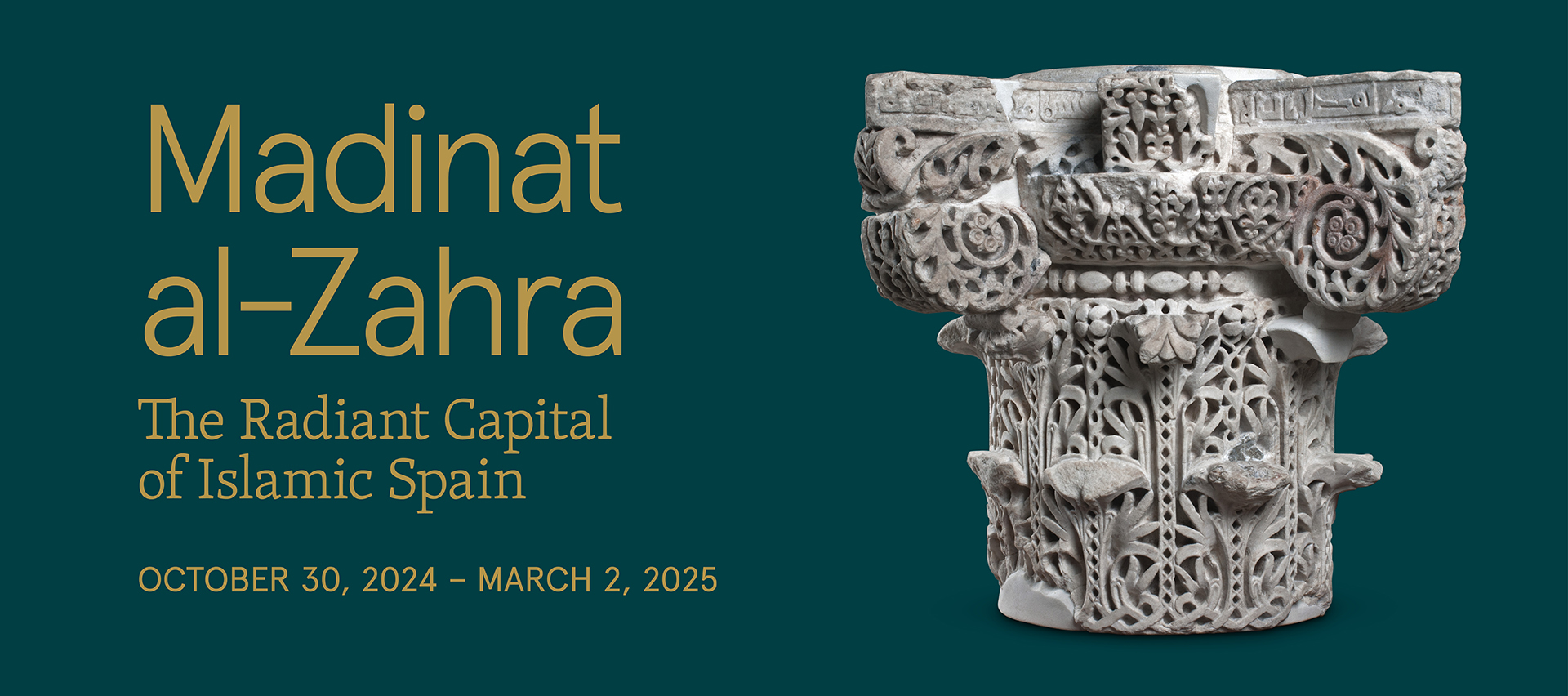Exhibition Lecture
Abigail Balbale
Middle Eastern and Islamic Studies, NYU
This lecture will take place in person at ISAW.
Registration is required at THIS LINK.
Of the many beautiful objects associated with Madinat al-Zahra and the Cordoban Umayyad caliphate, perhaps none are as celebrated as a series of ivory pyxides and caskets produced for members of the royal family. Several of them were made for royal mothers, formerly enslaved concubines who earned their freedom by bearing the caliph's children. Caliphal concubines arrived in Cordoba after being captured in Christian kingdoms or through diplomatic exchange. These ivory objects then ended up surviving in Christian contexts, frequently used as containers for relics in northern cathedrals. The mechanisms of exchange that brought women to the caliph's court and ivory objects to the Christian north are ultimately unknowable, but a close reading of the objects and their long lives offers insight into the transcultural connections among Islamic and Christian kingdoms in the Middle Ages.
Abigail Krasner Balbale is an Associate Professor in the Departments of Middle Eastern and Islamic Studies and History at New York University. Her research focuses on the Islamic West in the medieval period, with a particular interest in comparing written sources and material culture. Her prize-winning book, The Wolf King: Ibn Mardanīsh and the Construction of Power in al-Andalus, was published by Cornell University Press in 2022. She is currently working on a book entitled “Al-Andalus: A History of Islamic Spain in 50 Objects and Spaces,” under contract with Princeton University Press.
This lecture is given in conjunction with ISAW's exhibition Madinat al-Zahra: The Radiant Capital of Islamic Spain. Madinat al-Zahra is curated by Antonio Vallejo Triano, director of the Conjunto Arqueológico Madinat al-Zahra, and Eduardo Manzano Moreno, Research Professor at the Consejo Superior de Investigaciones Científicas in Madrid. The loans are generously granted from the Conjunto Arqueológico Madinat al-Zahra, Museo Arqueológico y Etnológico de Córdoba, Museo de Jaén, Museo Arqueológico Municipal de Jerez de la Frontera, The Metropolitan Museum of Art, the Brooklyn Museum, the American Numismatic Society, and the Hispanic Society Museum & Library.
This exhibition and its accompanying catalogue were made possible by generous support from the Achelis and Bodman Foundation, the Gladys Krieble Delmas Foundation, and the Leon Levy Foundation. Additional funding provided by Liz and Iris Fernandez Zimick.
Image caption: Pyxis decorated with vegetal designs, signed "Made by Khalaf," ivory with chased and nielloed silver gilt mounts. CA. 966. Córdoba, Spain. On loan from The Hispanic Society of America, New York, NY., Presented to the Hispanic Society by Archer M. Huntington, 1914. Checklist no. 153.
Please check isaw.nyu.edu for event updates.
ISAW is committed to providing a positive and educational experience for all guests and participants who attend our public programming. We ask that all attendees follow the guidelines listed in our community standards policy.
